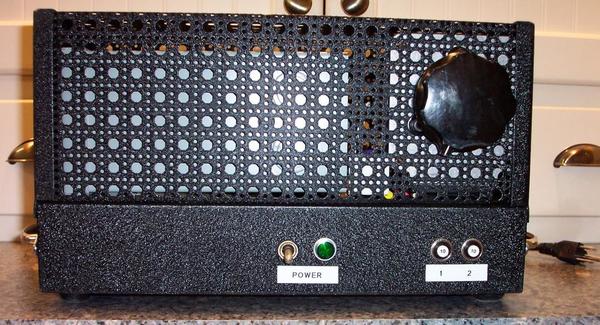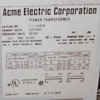I run O gauge only PS2&3 MTH locomotives with DCS. So all I need in a transformer is an AC brick of sufficient wattage. I run 4 independent loops on a 30X12 foot layout. Until a year or so ago I could run four Z1000 bricks, and have set my TIU to all fixed channels, each channel powering one independent loop. On each loop I ran power to the track from one (fixed) TIU channel connected every six feet to the track and the track divided into six foot blocks to avoid any feedback issues. All of this worked flawlessly until I bought lots more locomotives (with smoke and passenger cars). Then I started to overdraw current and, well, you know, tripping breakers.
So I tried to buy some Lionel PH180 bricks, but there are none available, at a reasonable price. And I didn't want a traditional transformer like a Z4000 with throttles, bells and horn buttons. Just don't need that.
I researched on the 'net to see what other types of bricks were available, but I couldn't find anything on using alternatives to traditional transformers designed specifically for model trains.
About that time a friend of my son's, who installs and maintains sensitive electronic equipment in hospitals said I should check out MPI transformers. He said they were very common in his field and were a high quality product available in most any AC voltage/wattage combinations and as a pure sine wave transformer.
I located the company (Signal) and talked to a tech named Anthony. (1-866-239-5777 X159). He said the MPI-650-36 is a pure sine wave transformer that will run off typical 110v house current and has two 18v outputs each providing 18 amps of current. So each MPI transformer has 36 amps total of 18v current available. The transformer also has an ESS tap to which you connect the bare (12/3 home wiring) ground wire which will then attenuate "noise" in the supply current (ie., household 110v)..
I bought one from an online supply house and tried it out. Mouser and Digikey both sell them. I paid $175. The thing works perfectly. After the transformer arrived, my son's friend put the transformer on his scope and showed me it is basically a pure sine wave. Later I saw two of them offered new on eBay for $39 each, and bought them.
I now run two MPI 650-36 transformers on my four loop track layout. Each loop has 18 amps available at 18v. Of course I'll never need 18 amps, and that much power could be dangerous, so I fuse them down to 7 amps, or 5 amps, or even 3 amps, between the transformer and the TIU, depending on how many locomotives I'm running on that particular loop. I also have a TVS between the transformer outputs and TIU on each channel.
This set-up has been running perfectly. Is there any reason I should not run these transformers? Is there something I'm missing? I'm no expert but I'm not adverse to trying new ways of doing things. And this is lots more power for the dollar than anything designed strictly for model trains.
BTW; I watched the Utube video where the Lionel spokesman says locomotives smoke better with a chopped sine wave transformer. I haven't noticed any difference.
But I'm still in the market for a PH180 to power my grandson's track at his house. He wants to run more locomotives, too.








